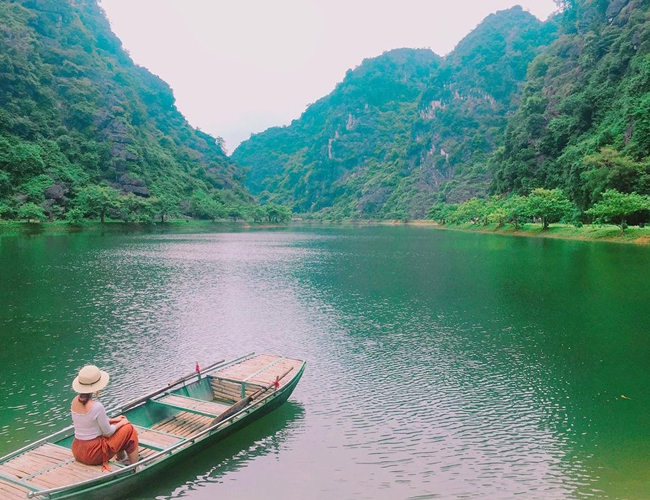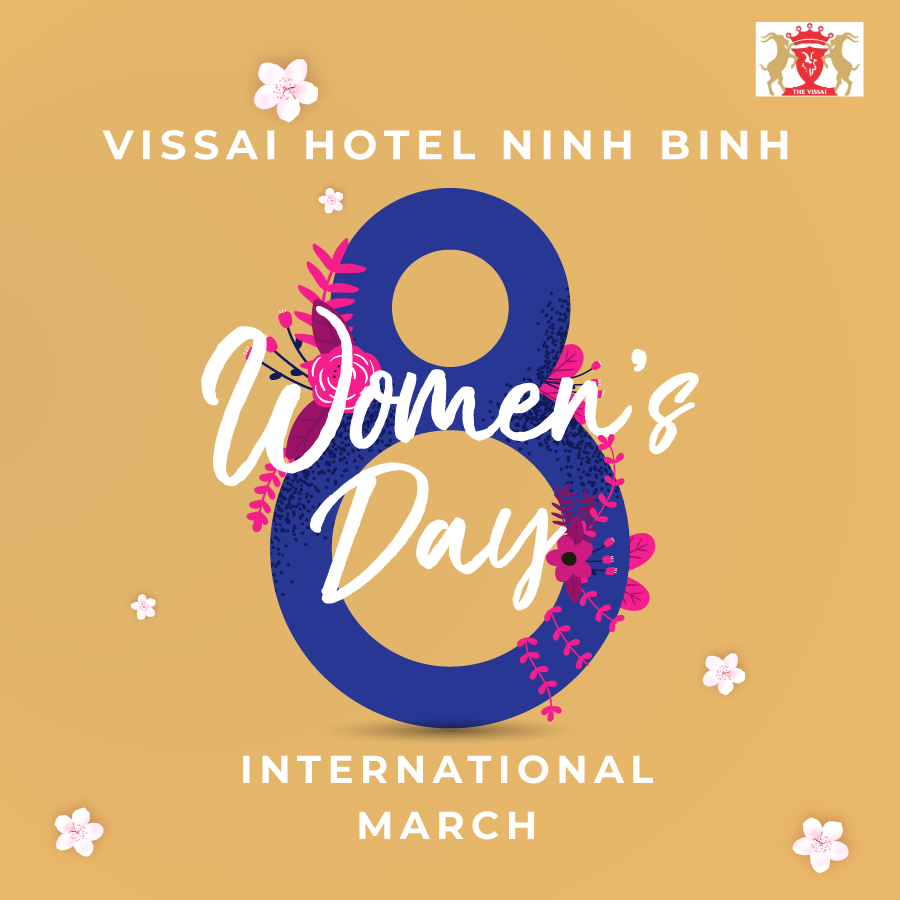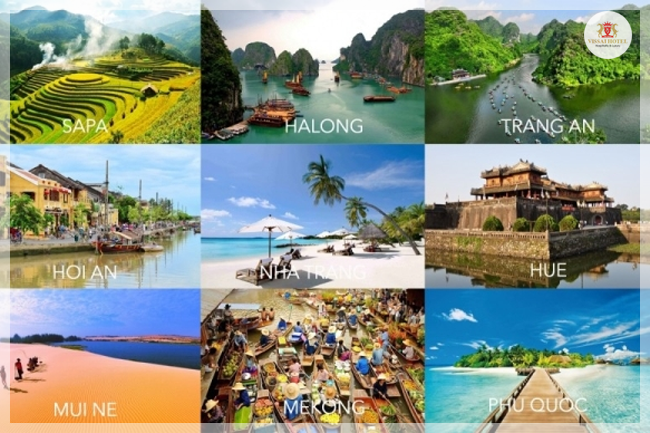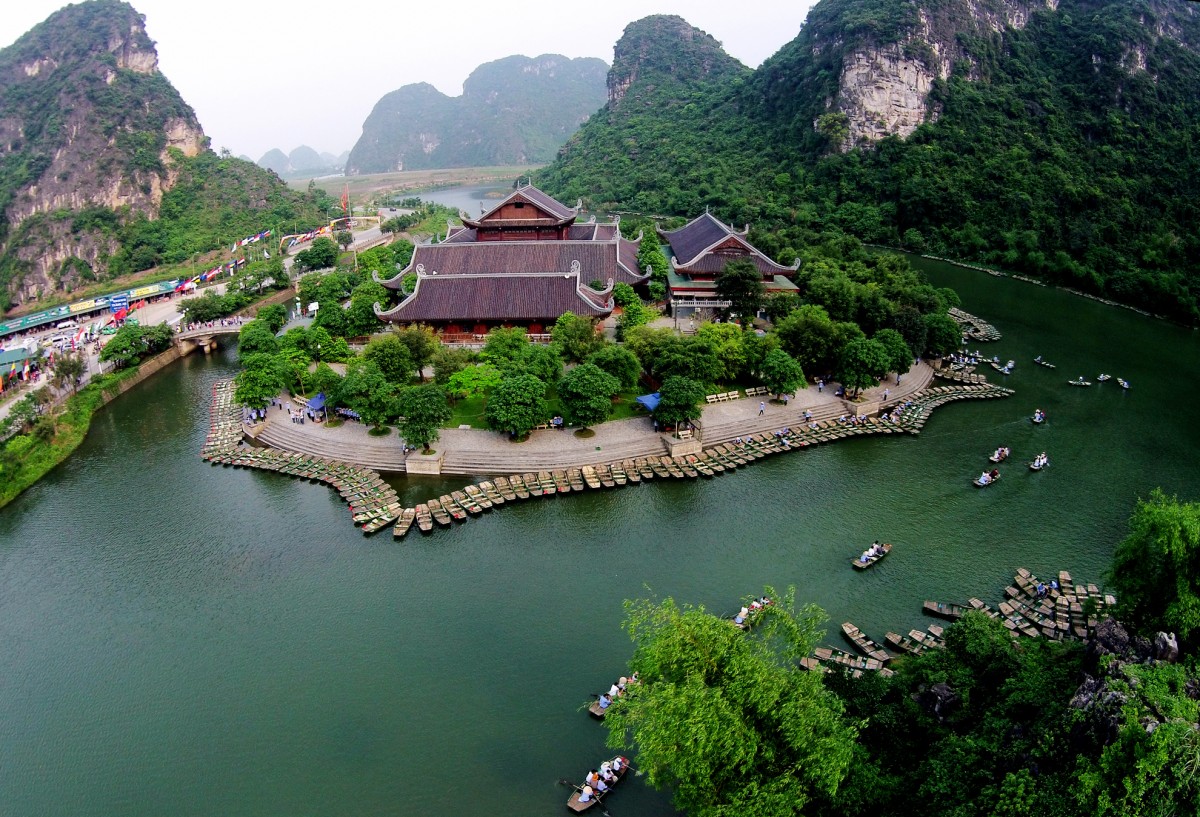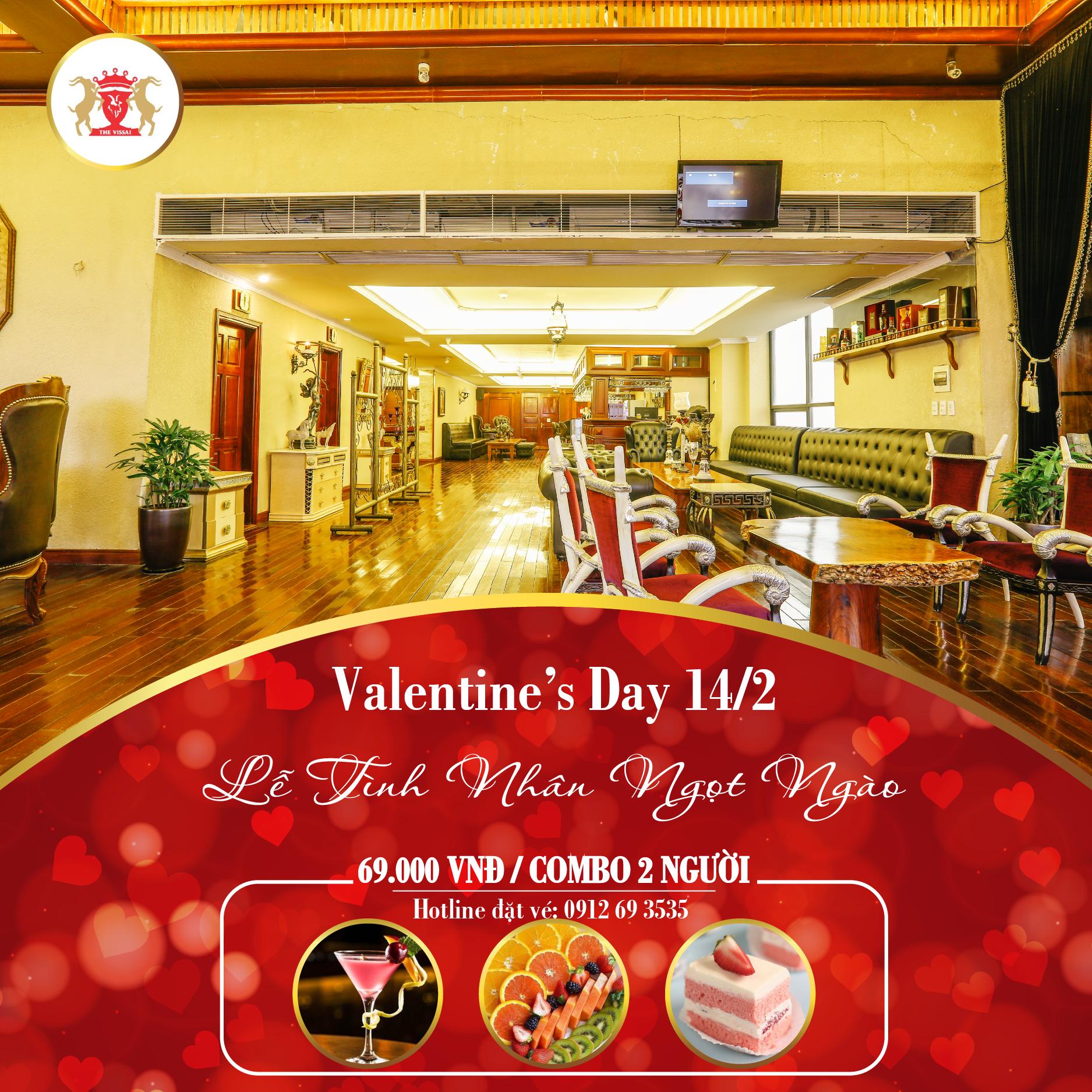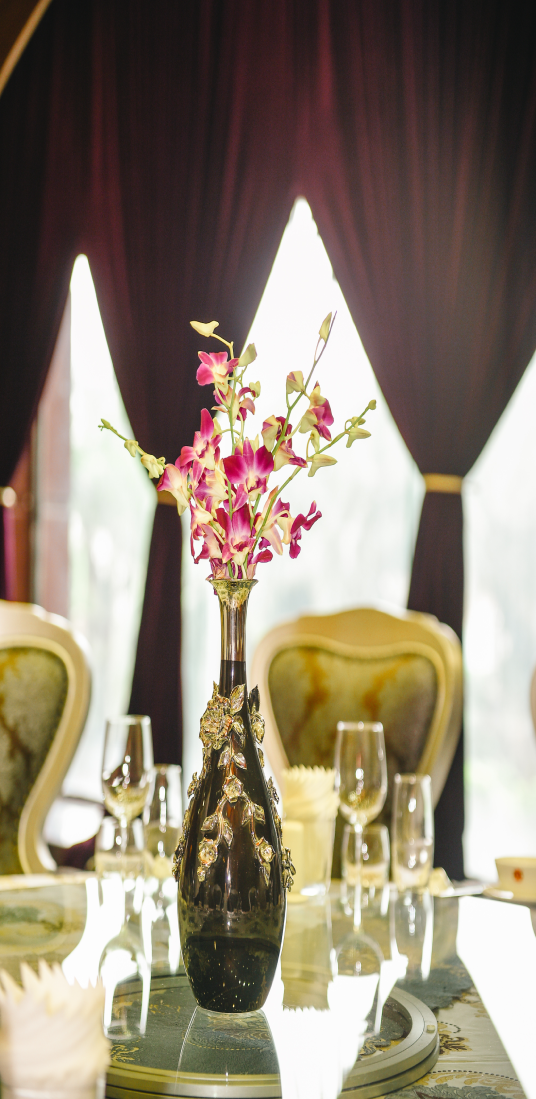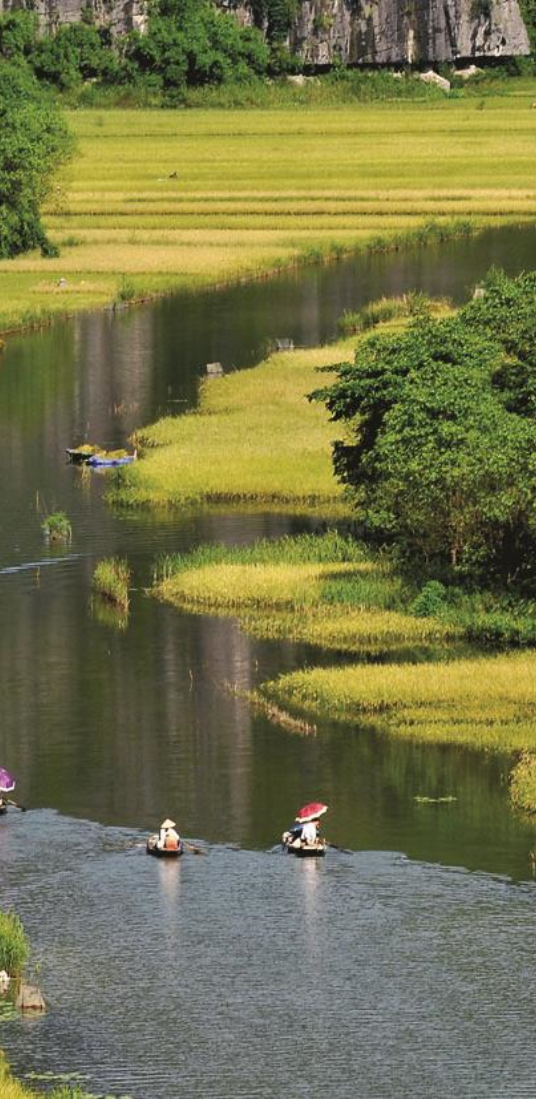Kim Son - a land famous for Phat Diem stone church has a unique architecture, and it is also a place where sedge craft villages have been associated with this land since the time of reclamation and sea encroachment. The simple and rustic beauty of the sedge season on Dat Kim Son is one of the attractions of this land.
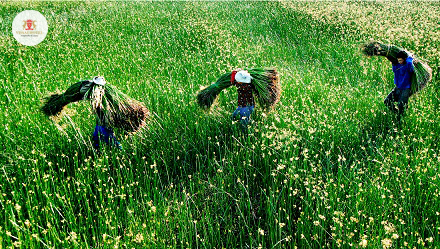
Harvesting sedge in Kim Son
In 1829, the porcelain envoy Nguyen Cong Tru, under the order of King Minh Mang, organized a reclamation of the deserted coastal area and named it Kim Son. He was the one who turned the potential of a vast, fertile coastal area into a true "golden mountain", made of trees, rice, sedge and the marine economy. Since then, the Kim Son people along with many successive generations, opened the land seven times, encroached the sea and created vast mudflats to grow sedge.
For a long time, Kim Son District in Ninh Binh Province has been well known for growing sedge plants and the craft of making sedge handicraft products which are exported to over 20 countries and territories around the world. Seagrass products are made of natural materials, environmentally friendly, durable, beautiful, diverse in style and color, but the price is cheap.
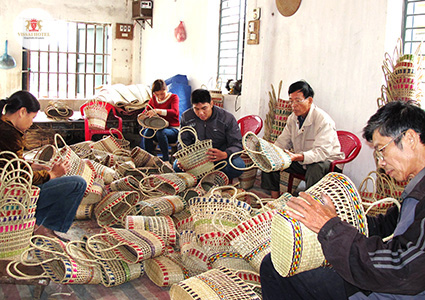
When the economy entered the integration period, traditional handicraft villages such as weaving, sedge making were more or less lost. But fortunately, in Kim Son still retains the traditional trade village that has existed for nearly 2 centuries. Believing that the bravery and love for the profession of papyrus for generations, people here still believe in the belief that this traditional profession will continue to grow and develop. Seagrass Kim Son has contributed to preserving and bringing the traditional values of the homeland of Vietnam.
Source: baoninhbinh.org.vn/Nguyen Thuy
